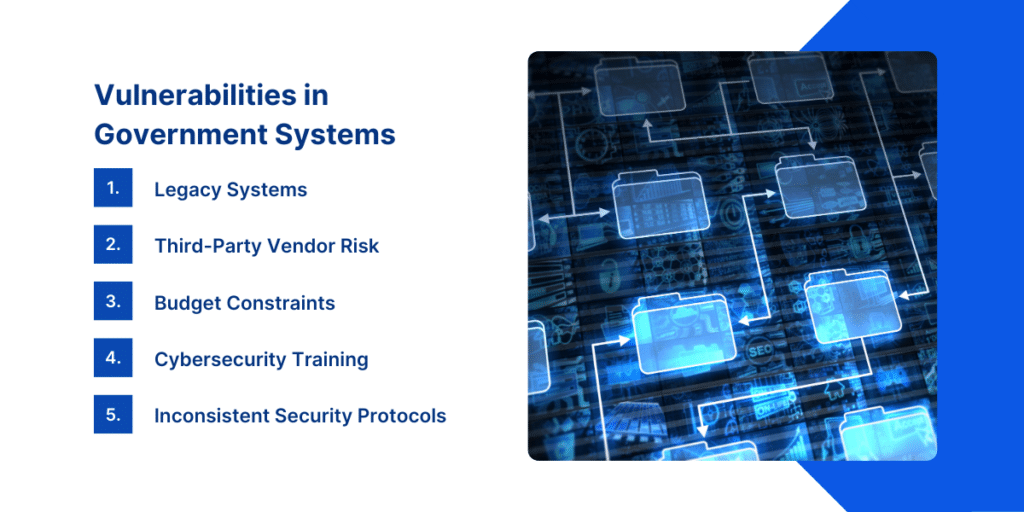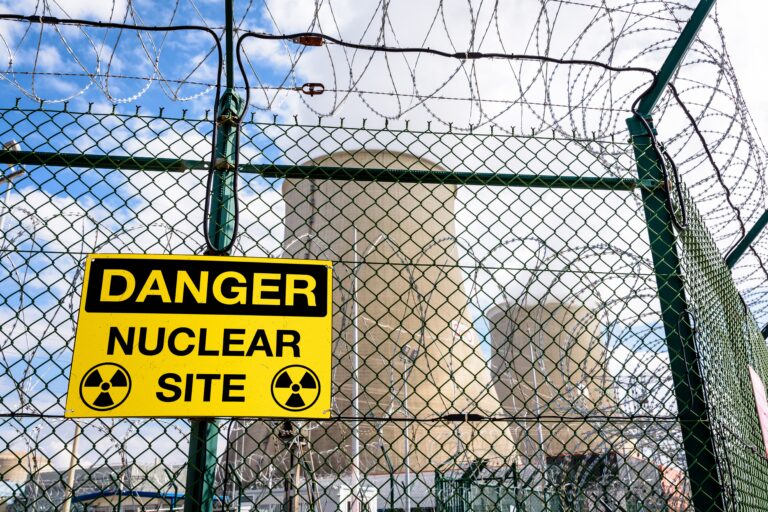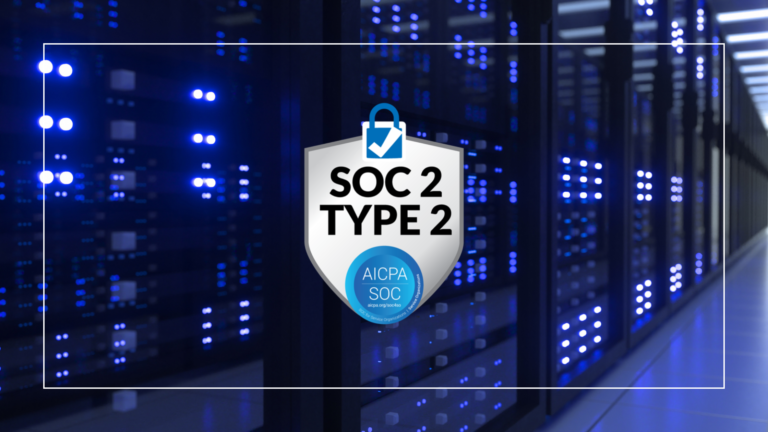Governments around the world are increasingly relying on digital infrastructure to deliver essential services, manage operations, and store vast amounts of sensitive data. From communication networks to power grids, water supply systems, healthcare, and defense, digital technologies now form the backbone of most government functions.
While this shift has unlocked new efficiencies and innovations, it has also exposed these systems to significant risks. As digital footprints grow, so do the potential entry points for cybercriminals and hostile state actors who seek to exploit vulnerabilities in these systems.
Cybersecurity has thus emerged as a top priority for government entities. Protecting critical infrastructure and sensitive data is not merely a matter of operational efficiency; it is integral to national security.
In an era where digital attacks can disrupt entire nations, undermine trust in public institutions, and inflict enormous economic damage, the global mandate for government cybersecurity is more urgent than ever. Governments must act swiftly to secure their digital ecosystems, not just to prevent breaches, but also to safeguard the stability and functionality of their societies.
The Evolving Threat Landscape
Cyber threats targeting government entities are becoming increasingly sophisticated. Attackers now employ a range of advanced techniques to breach government systems, from ransomware and phishing schemes to more complex methods like supply chain attacks and zero-day exploits.
As the threat landscape continues to evolve, cybercriminals are not only growing more technologically adept but also more coordinated and better funded. Many cyber-attacks on government agencies are state-sponsored, designed to compromise national security or destabilize government operations.
Recent high-profile attacks highlight the scale and severity of the threat. For instance, the SolarWinds cyber-attack in 2020, widely attributed to Russian state actors, infiltrated U.S. government networks, allowing attackers to spy on critical systems undetected for months. Similarly, in 2021, the ransomware attack on the Colonial Pipeline in the U.S. disrupted fuel supplies across the East Coast, leading to economic losses and public panic.
These incidents serve as stark reminders of the consequences of cyber-attacks on government systems, showcasing how these breaches can have far-reaching and damaging effects on public services and national security.

Vulnerabilities in Government Systems
Many government networks and systems suffer from significant vulnerabilities that leave them exposed to cyber-attacks. Several factors contribute to the susceptibility of government systems to cyber-attacks.
- Legacy Systems: Often outdated and not designed with modern security challenges in mind, are particularly vulnerable. These older systems frequently lack the robust defenses needed to combat today’s sophisticated threats, making them attractive targets for cybercriminals.
- Third-Party Vendor Risk: Many government agencies rely on external vendors for software, hardware, and services. These third-party systems may not adhere to the same rigorous security standards, creating entry points for attackers to infiltrate government networks through the supply chain.
- Budget Constraints: Often limit the ability of government agencies to upgrade to the latest security technologies or hire cybersecurity experts.
- Cybersecurity Training: A lack of cybersecurity training among government employees, may lead to employees inadvertently exposing systems to attacks through practices such as weak password management or falling prey to phishing attempts.
- Inconsistent Security Protocols: Fragmented oversight and inconsistent security protocols across different government agencies can lead to gaps in the overall cybersecurity posture, increasing the risk of breaches.
Addressing these vulnerabilities requires a comprehensive approach that goes beyond merely updating systems or increasing budgets. It involves fostering a culture of continuous improvement in cybersecurity practices, integrating advanced threat detection methods, and ensuring a unified, strategic response to emerging threats. By strengthening these areas, government agencies can better protect themselves against the growing sophistication of cyber-attacks.
The Impact of Cyber Attacks
The consequences of a successful cyber-attack on a government system can be devastating. Disruptions to essential public services, such as healthcare, water, or energy supply, can lead to widespread public chaos, loss of life, and diminished trust in government institutions. A breach in national defense systems or intelligence agencies could compromise sensitive information, exposing vulnerabilities that hostile actors can exploit for future attacks.
Additionally, recovery from cyber-attacks is often slow and costly, further straining already limited resources. Beyond the immediate operational disruptions, cyber-attacks on government systems can have long-term economic, social, and national security implications. The cost of remediation, legal liabilities, and the loss of intellectual property can amount to billions of dollars.
According to a 2021 FBI report, cybercrime inflicted nearly $7 billion in losses across 847,376 reported cases. The incidents included a range of malicious activities, such as business email compromise (BEC) schemes, ransomware attacks, and cryptocurrency scams. These figures highlight the severe financial impact and the extensive range of cyber threats that organizations face.
Moreover, the social implications are equally concerning: a successful attack erodes public trust in the government’s ability to protect its citizens, and the psychological impact of feeling vulnerable to unseen digital threats can destabilize society. On a national level, a compromised government system weakens the country’s global standing, opening the door for more frequent and severe attacks from adversaries.
Addressing Key Vulnerabilities
Effective cybersecurity requires a multi-faceted approach tailored to address specific vulnerabilities. By focusing on modern solutions and proactive measures, government agencies can significantly enhance their defense mechanisms. Explore practical strategies for mitigating risks and ensuring robust protection across all levels of operation.
- Upgrade or Replace Legacy Systems: Prioritize the replacement or modernization of outdated systems with current, secure technologies. Implement phased upgrades and ensure new systems are designed with contemporary security features to better withstand modern threats.
- Enforce Strict Vendor Standards: Develop and enforce stringent security requirements for all third-party vendors. Conduct regular security assessments and audits of vendor systems to ensure compliance with these standards and mitigate potential risks.
- Optimize Resource Allocation: Explore cost-effective cybersecurity solutions, such as open-source security tools or cloud-based services that offer scalable security solutions. Additionally, seek partnerships or grants that could provide supplementary funding for critical upgrades.
- Implement Continuous Training Programs: Develop and deliver regular, up-to-date cybersecurity training for all employees. Focus on practical skills such as recognizing phishing attempts, managing passwords securely, and understanding the latest cyber threats.
- Standardize Security Practices: Create and enforce a unified set of cybersecurity policies and procedures across all government agencies. Establish a central oversight body to ensure consistent implementation and compliance with these protocols throughout the organization.

The Human Factor: Workforce Management
While technology plays a central role in cybersecurity, the human element cannot be overlooked. A well-trained and security-conscious workforce is critical in maintaining the integrity of government systems.
Employees are often the first line of defense against cyber-attacks, and their awareness and adherence to cybersecurity protocols are crucial in preventing breaches. Unfortunately, human error remains one of the most common causes of security incidents, making it vital for governments to invest in continuous cybersecurity training programs.
To reduce human error and strengthen cyber defenses, governments need to ensure that all employees—from entry-level workers to senior management—are educated on the latest cybersecurity threats and how to mitigate them. This training should cover topics such as recognizing phishing attempts, practicing good password hygiene, and understanding the importance of multi-factor authentication. By cultivating a culture of cybersecurity awareness, governments can significantly reduce the likelihood of successful cyber-attacks due to employee negligence or oversight.
Introducing A Secure Workforce Management System
Indeavor provides a secure workforce management solution tailored to meet the stringent needs of government agencies. Our commitment to security is reflected in our adherence to the highest industry standards and continuous investment in robust infrastructure designed to protect sensitive information and systems.
Indeavor proudly holds SOC 2 Type II certification, which validates our adherence to rigorous security, availability, processing integrity, confidentiality, and privacy standards. This certification underscores our commitment to maintaining a secure and reliable environment for managing sensitive workforce data.
By meeting the stringent requirements of SOC 2 Type II, Indeavor ensures that our systems and processes are consistently monitored and evaluated, providing an additional layer of confidence and assurance for government agencies relying on our solutions.
For more details on how Indeavor’s security measures can support your agency, visit our Security and Compliance page.
Conclusion
The urgency for government entities to prioritize cybersecurity cannot be overstated. As cyber threats continue to evolve and become more sophisticated, governments must be proactive in adopting secure workforce management systems and implementing robust cybersecurity measures. By doing so, they can reduce the risk of devastating cyber-attacks and ensure the safety and security of their citizens and critical infrastructure.
Governments must take proactive measures to safeguard their digital ecosystems, and this includes adopting secure workforce management systems to minimize vulnerabilities. By investing in the right technologies, cultivating a cybersecurity-aware workforce, and staying vigilant against emerging threats, governments can build the resilience necessary to protect their citizens and maintain national security in an increasingly digital world.
About the Author
Claire Pieper is the Digital Marketing Specialist for Indeavor. In her role, she specializes in crafting strategic and engaging content, ensuring that customers are well-informed. Claire is dedicated to enhancing the customer experience and optimizing the user journey through Indeavor’s solutions. To learn more or get in touch, connect with Claire on LinkedIn.







